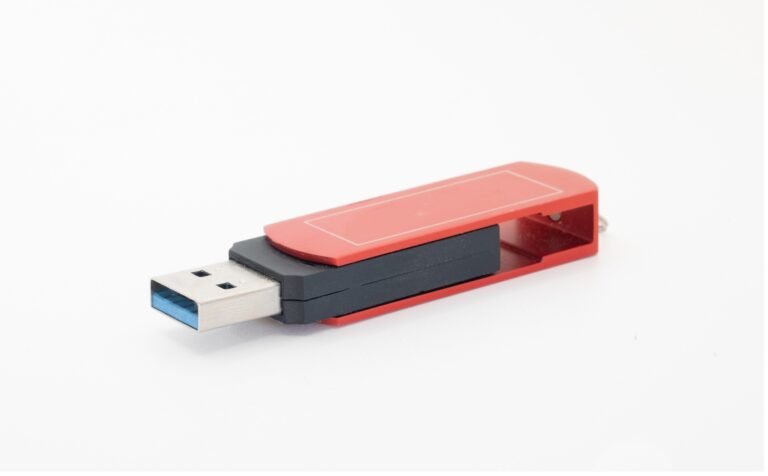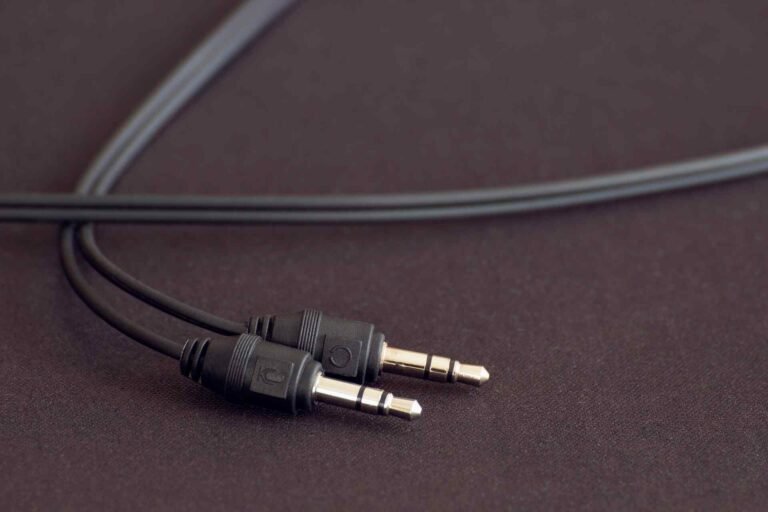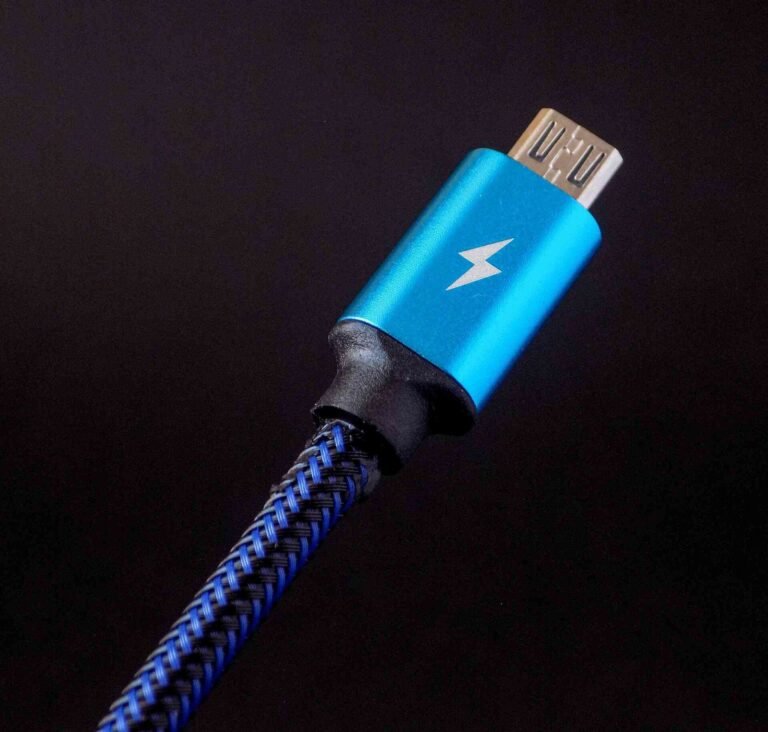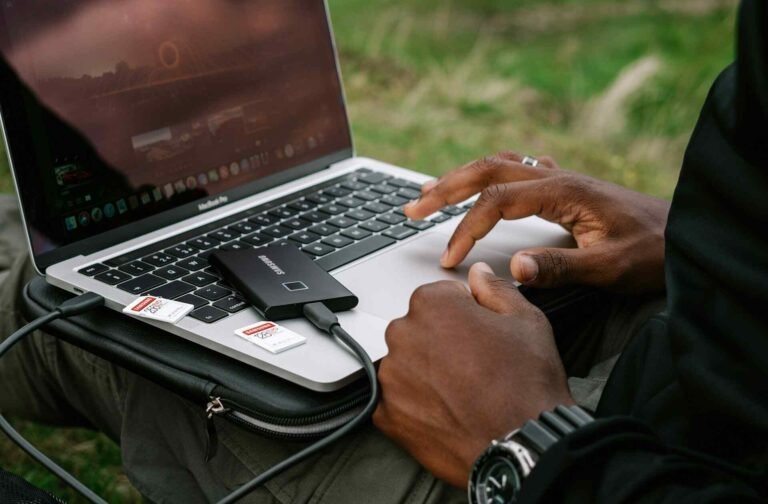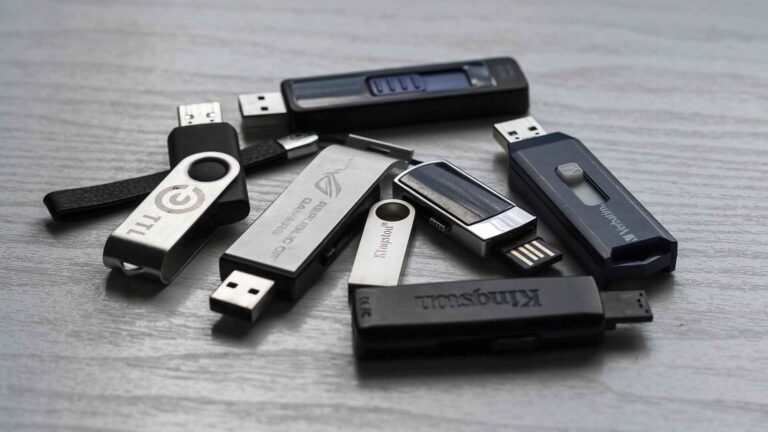Do USB Hubs Add Latency?
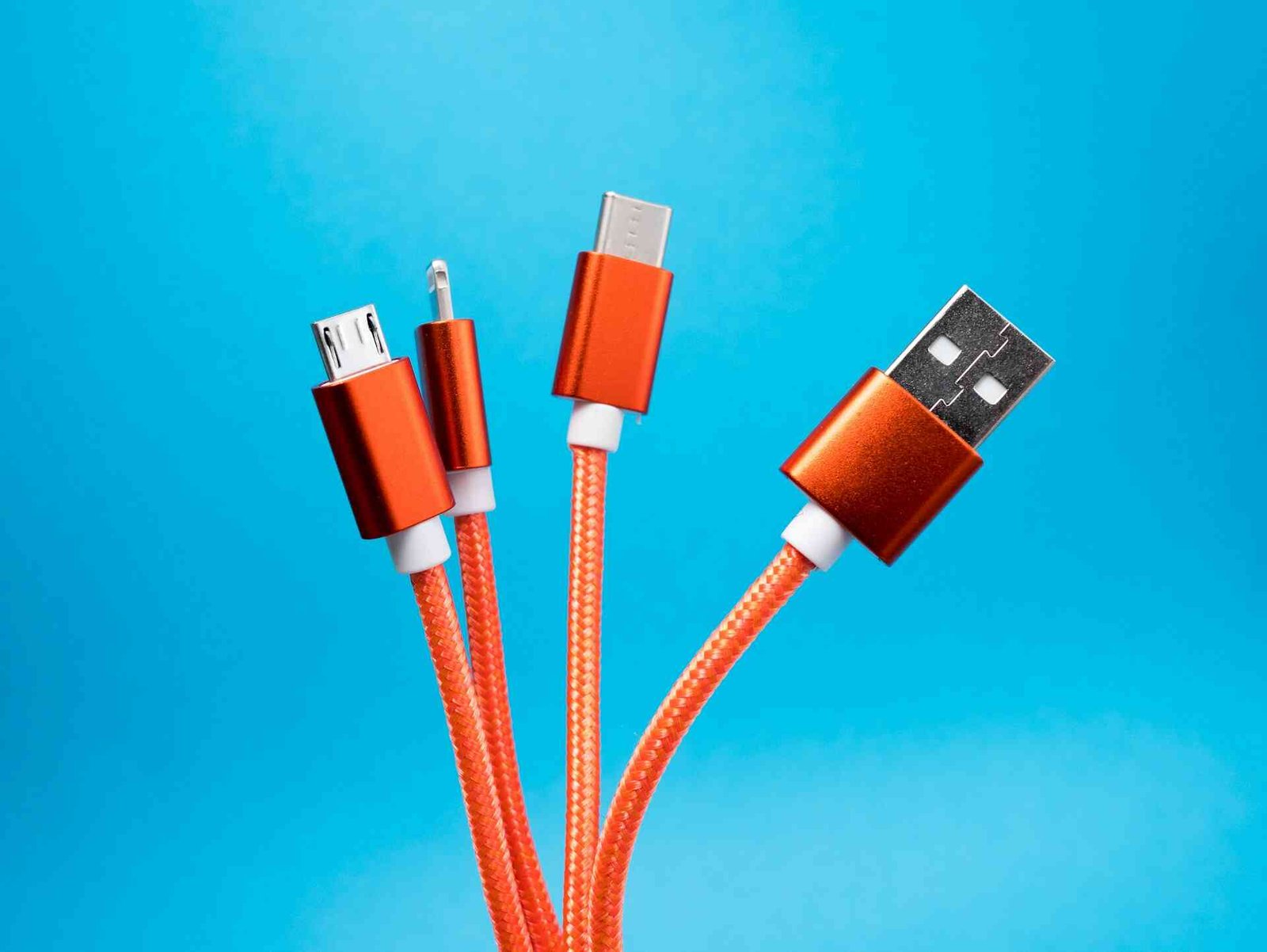
Let’s be honest, we’ve all been there. You’re sitting at your desk, staring at a tangle of USB cables that looks like electronic spaghetti, wondering if that shiny new USB hub you’re eyeing will solve your port shortage problem or turn your gaming setup into a lag-fest. The short answer? Yes, USB hubs can add latency, but it’s not always the dramatic performance killer you might fear.
Whether you’re a competitive gamer worried about those crucial milliseconds or just someone trying to connect more devices without your computer throwing a digital tantrum, understanding USB hub latency is key to making smart purchasing decisions for your workspace setup.
Understanding USB Hub Latency: The Basics
USB hub latency refers to the tiny delay that occurs when data travels through a hub instead of connecting directly to your computer’s USB port. Think of it like adding an extra stop on a bus route – you’ll still get to your destination, but it takes a smidge longer.
When you plug a device into a USB hub, your data has to make an additional hop. Instead of going straight from your device to your computer, it travels from device to hub, then from hub to computer. This extra journey creates what we call “latency” – a small but measurable delay in data transmission.
The amount of latency a USB hub adds typically ranges from 0.1 to 1 millisecond, depending on the hub’s quality and the type of data being transmitted. While this might sound insignificant, it can matter in some specific scenarios, particularly for high level gaming applications where every millisecond counts.
Do USB Hubs Add Latency for Gaming?
Gaming is where USB hub latency becomes most noticeable and potentially problematic. Competitive gamers often operate in a world where milliseconds can mean the difference between victory and defeat, making the question “do USB hubs increase latency” particularly relevant for this community.
Most modern, quality USB hubs add minimal latency that won’t affect casual gaming. However, for professional esports players or those playing fast-paced competitive games like first-person shooters or fighting games, even small delays can impact performance. The latency becomes more pronounced when multiple high-bandwidth devices are connected simultaneously, as the hub must manage and prioritize data traffic.
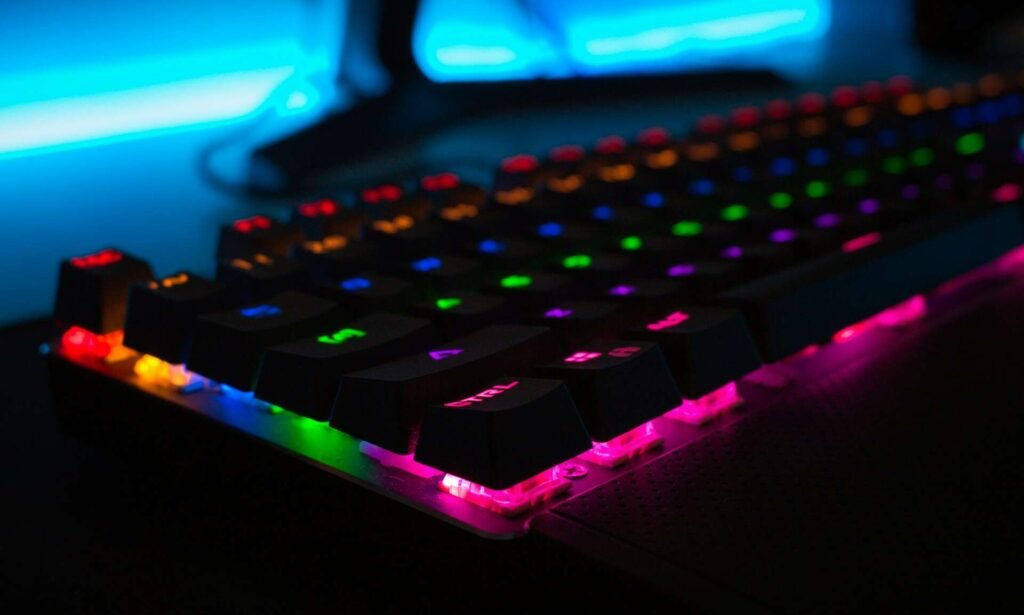
Gaming mice and keyboards are generally the most latency-sensitive peripherals. While a USB hub might work fine for your webcam or external hard drive, connecting your gaming mouse through a hub could introduce just enough delay to throw off your precision timing.
How Much Latency Does a USB Hub Add?
The amount of latency varies significantly based on several factors:
Hub Quality and Design: Premium hubs with better chipsets and more efficient data processing typically introduce less latency than budget alternatives. Well-designed hubs can add as little as 0.1 milliseconds, while cheaper models might introduce 1 millisecond or more.
USB Version: USB 3.0 and newer hubs generally handle data more efficiently than older USB 2.0 models, resulting in lower latency. The improved bandwidth and processing capabilities of newer standards help minimize delays.
Connected Device Load: The more devices connected to your hub, the more the latency increases. Each device competes for bandwidth, and the hub’s controller must juggle multiple data streams simultaneously.
Data Type: Simple devices like keyboards transmit small amounts of data and experience minimal latency increases. High-bandwidth devices like external drives or video capture devices may see more noticeable delays.
USB Hub Latency Comparison Table
| Hub Type | Typical Latency Added | Best Use Case |
|---|---|---|
| High-Quality USB 3.0+ Hub | 0.1-0.3ms | Gaming peripherals, professional work |
| Standard USB 3.0 Hub | 0.3-0.7ms | General office use, multiple devices |
| Budget USB 2.0 Hub | 0.5-1.2ms | Basic connectivity, non-critical applications |
| Overloaded Hub (7+ devices) | 1.0-2.5ms | Storage and charging only |
Factors That Influence USB Hub Latency
Several technical aspects determine how much latency your USB hub will introduce to your setup.
Chipset Quality: The brain of your USB hub – its chipset – plays a crucial role in latency. Higher-end chipsets process data more efficiently and can handle multiple device connections with minimal delay increase. Cheaper hubs often use basic chipsets that create bottlenecks.
For most cases, devices like the basic Anker USB Hub with 4 ports or the VENTION 10Gbps USB 3.2 Hub generally works well. If you need a large variety of powerful ports the Anker 555 USB-C Hub might be worth considering.
Power Management: Hubs with better power management systems maintain consistent performance levels. When a hub struggles to provide adequate power to connected devices, it can introduce additional processing delays as it manages power distribution.
If you do look for a powerful USB hub, the Anker Powered USB Hub with 7 ports and USB 3.0 could be a good option if you need to charge multiple devices simultaneously.
Cable Quality and Length: The cables connecting your hub to your computer and your devices to the hub also impact latency. Longer cables and lower-quality wiring can add small amounts of delay. Keeping cable lengths reasonable and using quality cables helps minimize this effect.
Bus Sharing: Multiple devices sharing the same USB bus through a hub must take turns transmitting data. The hub’s ability to efficiently manage this traffic determines how much additional latency gets introduced.
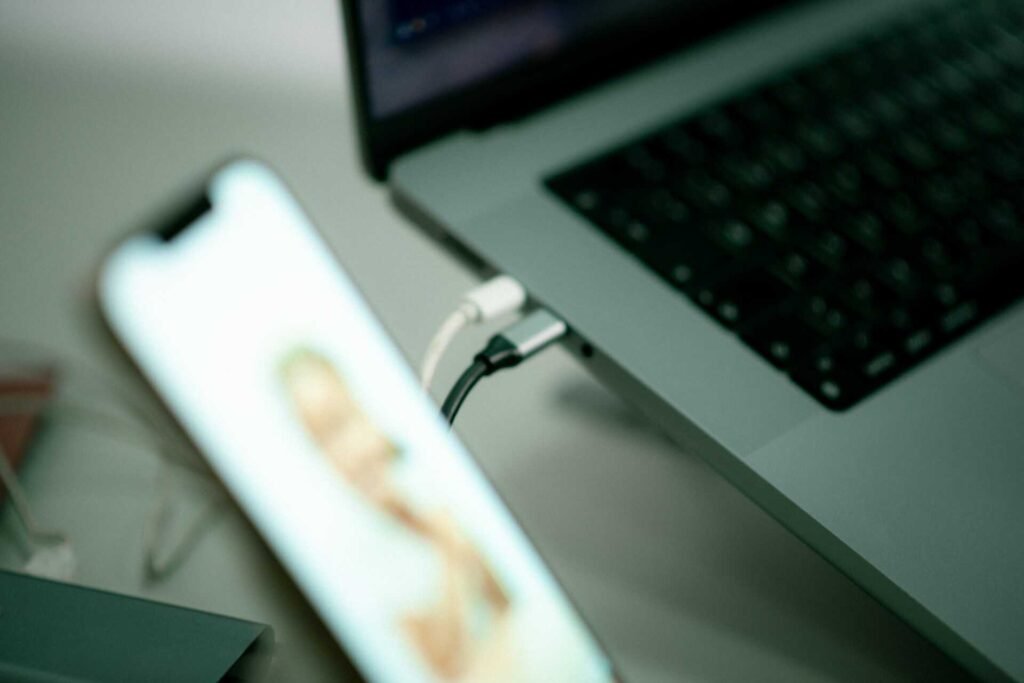
Minimizing USB Hub Latency
Fortunately, you can take several steps to reduce the impact of USB hub latency on your setup.
Choose Quality Over Price: Investing in a well-built hub with a reputation for low latency pays dividends. Look for hubs specifically marketed to gamers or professionals, as these typically prioritize performance over cost savings.
Strategic Device Placement: Connect your most latency-sensitive devices, like gaming mice or keyboards, directly to your computer’s USB ports when possible. Use the hub for less critical devices like webcams, charging cables, or storage devices.
Avoid Hub Overloading: Don’t max out your hub’s port capacity, especially with high-bandwidth devices. A hub running at 70% capacity typically performs better than one pushed to its limits.
Consider USB Standards: When shopping for a new hub, prioritize USB 3.0 or newer standards. The improved efficiency of newer USB versions helps keep latency minimal even under load.
Speaking of strategic device placement, if you’re looking to expand your input options beyond traditional mouse and keyboard setups, check out our guide on USB Foot Pedals for PC for creative ways to enhance your workflow without adding latency-sensitive devices to your hub.
When USB Hub Latency Actually Matters
Not every situation requires obsessing over USB hub latency. Understanding when it matters helps you make informed decisions about your setup.
Professional Gaming: Competitive esports players and serious gamers should avoid connecting mice and keyboards through hubs. The cumulative effect of even small latencies can impact performance in fast-paced games.
Audio Production: Musicians and audio engineers working with real-time audio interfaces may notice latency issues when routing audio equipment through USB hubs. Direct connections often work better for critical audio applications.
Video Streaming: Content creators using multiple cameras or capture devices might experience sync issues if high-bandwidth video equipment shares a hub with other devices.
General Office Work: For typical office applications – document editing, web browsing, email – USB hub latency is virtually unnoticeable and shouldn’t influence your purchasing decisions.
USB Hub Alternatives and Solutions
Sometimes the best solution isn’t finding a better hub but exploring alternative approaches to expand your connectivity.
Built-in Computer Ports: Modern computers often include multiple USB ports spread across different controllers. Using ports on different sides or areas of your computer can provide the connectivity you need without introducing hub latency.
PCIe USB Cards: Desktop users can add dedicated USB controller cards to their systems. These provide additional ports with direct PCIe connections, eliminating hub-related latency entirely.
Wireless Alternatives: For some devices, wireless connections can actually provide lower latency than USB hubs. Some modern wireless gaming mice, for example, can match or even exceed the performance of wired connections through hubs.
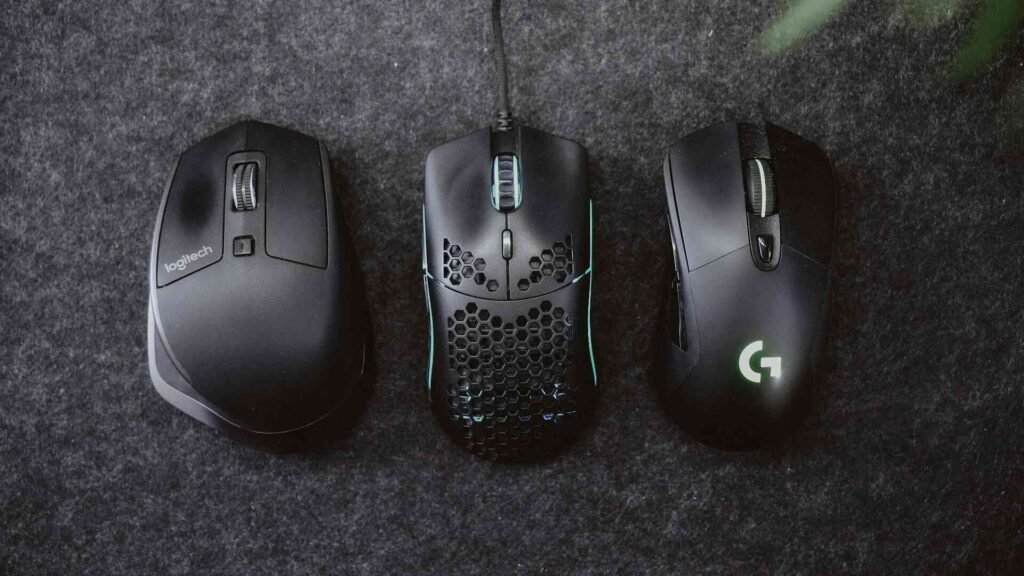
Smart Port Management: Rather than connecting everything through one hub, consider using multiple smaller hubs for different device categories. This approach distributes the load and can reduce per-device latency.
Frequently Asked Questions
Does a USB hub add latency to all connected devices?
Yes, but the amount varies significantly. Simple devices like keyboards experience minimal additional latency (often unnoticeable), while high-bandwidth devices or gaming peripherals may see more measurable delays. The quality of your hub and the number of connected devices also influence the total latency added.
How much latency does a USB hub add for gaming?
Quality gaming-focused USB hubs typically add between 0.1 to 0.5 milliseconds of latency. While this might seem tiny, competitive gamers often prefer direct connections for their most critical peripherals like mice and keyboards to eliminate any potential delays.
Can USB hub latency be measured?
Specialized software tools and hardware analyzers can measure USB latency, though most are designed for professional or development use. For general users, the latency is often too small to notice without precise measurement equipment.
Do USB 3.0 hubs have less latency than USB 2.0?
Generally yes, USB 3.0 and newer hubs process data more efficiently and can handle multiple devices with less latency increase compared to USB 2.0 hubs. The improved bandwidth and processing capabilities of newer standards contribute to better overall performance.
Should gamers avoid USB hubs completely?
Not necessarily. While competitive gamers might want direct connections for their most critical peripherals, USB hubs work fine for secondary devices. The key is understanding which devices are latency-sensitive and planning your connections accordingly.
Conclusion
The question “do USB hubs add latency” has a nuanced answer that depends on your specific needs and usage patterns. While USB hubs do introduce small amounts of latency, the impact ranges from completely unnoticeable to potentially significant depending on your applications.
For most people, a quality USB hub provides tremendous convenience with minimal performance impact. The key lies in making informed choices – investing in quality hubs, understanding which devices are latency-sensitive, and strategically managing your connections.
Remember, the goal isn’t to eliminate every microsecond of latency but to build a workspace that balances convenience, functionality, and performance. Sometimes that extra millisecond is a fair trade for the ability to connect all your devices without playing USB port musical chairs every day.
Whether you’re building the ultimate gaming setup or just trying to tame the cable chaos on your desk, understanding USB hub latency helps you make smarter decisions that keep your tech utilities working smoothly in your workspace. After all, the best hub is the one that disappears into the background, letting you focus on what really matters – getting things done.
Looking for more? Check out our tech utilities category for more affordable products that may interest you!
Featured image credit: Photo by Lucian Alexe on Unsplash
This content is for informational purposes only. Please verify current information directly on the retailer’s site before purchasing.

